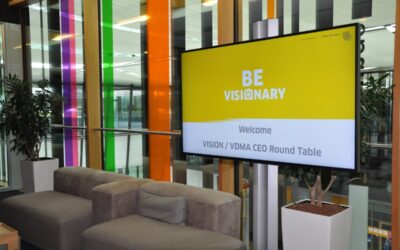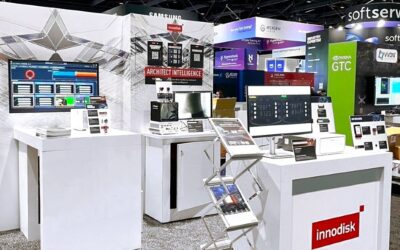To find out how the industry changed during the pandemic, MVPro Media’s Matt Williams spoke to several innovators in the world of machine vision. Stay tuned for the rest of our exclusive pandemic interviews. Also, to see the full list of our pandemic interviews, click here.
In the first in a series of interviews, Kiran Vishal Thanjavur Bhaaskar explains how AMD was affected. Kiran works as a Strategy and Marketing Manager at AMD, specialising in the Industrial, Vision, Healthcare & Sciences sectors.

Kiran Vishal Thanjavur Bhaaskar – Strategy and Marketing Manager, Industrial, Vision, Healthcare & Science at AMD
MW: How did AMD adapt during Covid?
KVTB: One of the challenges was not being able to meet with customer in person and share information about our products and solutions. To make sure the customers were up to date, we doubled down on creating and delivering more content across the board with whitepapers, blogs, YouTube videos, webinars and made our annual Adapt conference a virtual event. From AMD AECG side, the introduction of Kria SOMs and the KV260 Vision AI Starter Kit played into this adaptation. All the documentation that a customer needs to go from evaluation to production with Kria products is available online. This includes apps which can be directly downloaded to the board and run within an hour without needing any FPGA expertise. Additionally, we started to sell Kria production SOMs on our ecommerce site making it easier for customers to just place their orders online.
MW: How much has Covid changed the way AMD is run?
KVTB: Like most companies, we learned how to be highly productive remotely and that concept spread into the products we created. For example, Kria products are designed to fit a world where everything was virtual. No longer do our customers have to bring up their own board in the lab, because they can equip their SW engineers at the start of the project instead of having them wait in a holding pattern until the hardware engineers can deliver them a tested and qualified board. Kria Starter Kits enable every design team member to have their own card individually at their home office from program kick-off to enable a geographically distributed engineering team.
MW: Did Covid give AMD the opportunity to reflect and research new ideas?
KVTB: Many trends became obvious which have already been our key areas of focus being:
- Smart Healthcare (telehealth, remote patient monitors, AI inference with collaboration across edge and cloud)
- Smart Manufacturing (predictive maintenance, fleet management, digital twin) and Smart Cities (traffic management, cashierless checkout in stores)
We at MVPro Media would like to thank Kiran for taking part in this interview. Find out more about AMD here.





